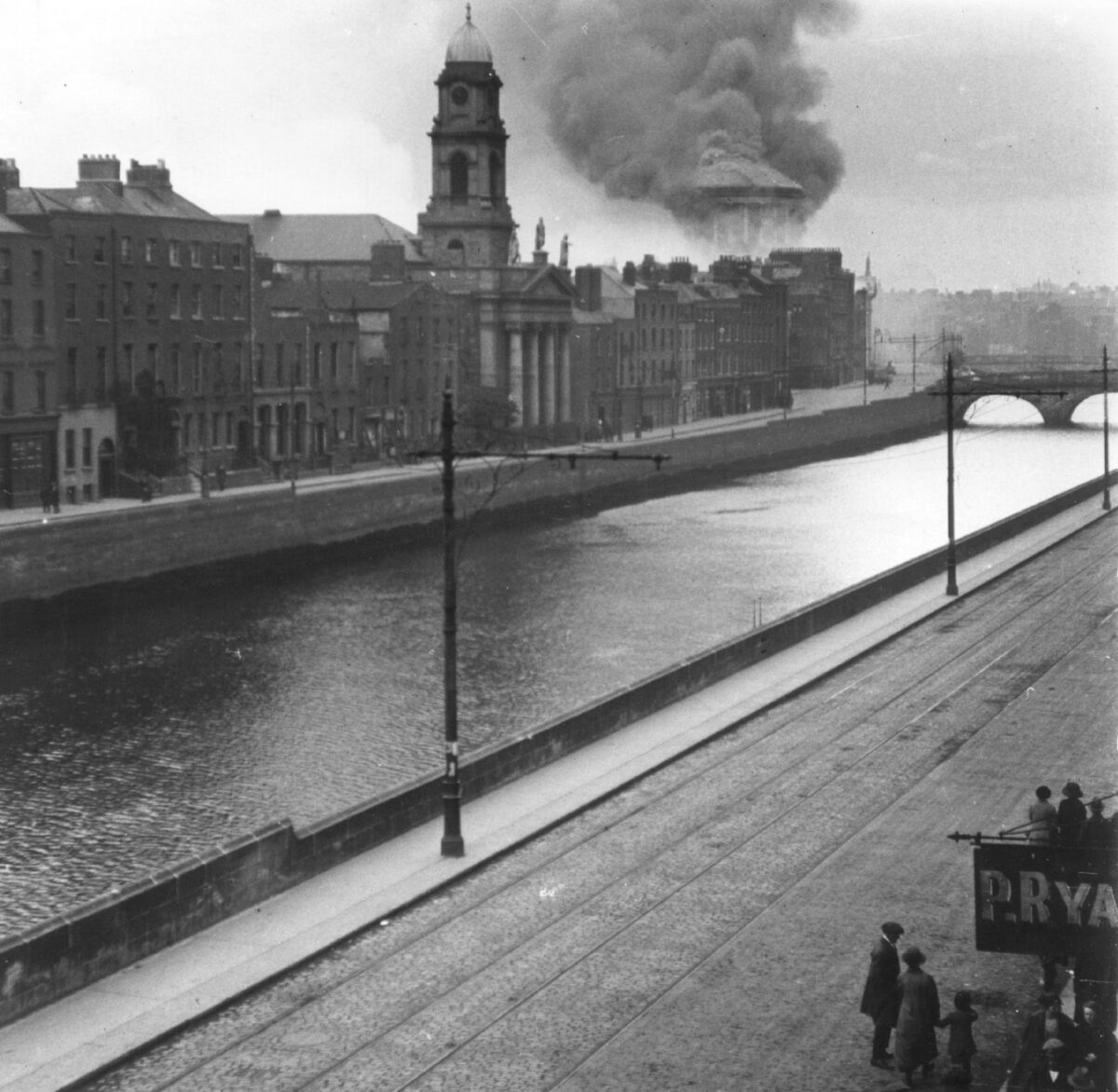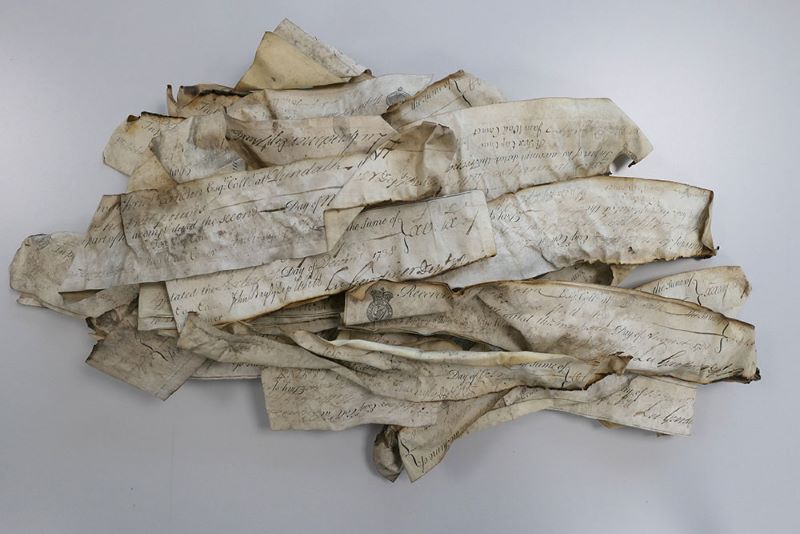Hundreds of Donegal census records, thought to have been destroyed in the Public Records Office fires in Dublin in 1922, have been recovered.
They are among 60,000 ‘new’ accounts which were released this week by the Virtual Record Treasury of Ireland (VRTI). The documents are now freely available online to mark the 103rd anniversary of the Four Courts blaze that destroyed the Public Record Office of Ireland, and with it seven centuries of Irish history.
Unfortunately, most of the original Irish census records (1813-1851) were in the Public Record Office, and were destroyed in 1922. During the 55 years they were located in the Record Office, however, they were open for public access, and many genealogists and record agents accessed the census records, and transcribed information from them. Many of the notes of these genealogists and record agents were submitted to the National Archives, in Dublin, or the Public Record Office of Northern Ireland (PRONI), in Belfast, after the 1922 catastrophe.

Crowds watch the Four Courts Public Records Office fire on 30th June1922.
Dr Brian Gurrin, VRTI Research Fellow and Census Specialist, told Donegal Daily the VRTI project team has examined many of these genealogical collections in order to identify extracts from the census within their pages.
“It must be remembered that these genealogical collections are simply working notes, taken, often hurriedly, by genealogists while working in the Record Office,” he explained.
“Often (usually) there is no structure to the records, and historical notes and extracts are presented in a most haphazard manner. I estimate that I have examined more than 250,000 individual pages, examining each one carefully, to see if it contains any census information or transcriptions. We were pleased to be in a position to report, on Monday of last week, the release of more than 60,000 names gleaned from the nineteenth century censuses of Ireland – all of these names available freely online via the Virtual Record Treasury of Ireland’s website (www.virtualtreasury.ie).
“For Donegal, there are a smattering of census entries for parts of the county, but there are three clusters where substantial recovery has occurred,” Dr Gurrin added.
These are:
- 1821, Killymard parish, near Donegal Town. These extracts sourced from the book Killymard, ancient and modern. Attempts to track down the original notebooks containing the original transcriptions have so far proved unsuccessful.
- 1851, Gartan parish. Complete census records for about 15 townlands in the Glenveagh area.
- 1821, Clonmany and Desertegny civil parishes. All Doherty/Dogherty households and all households containing at least one person called Doherty (e.g. as servants or live-in labourers). This has resulted in the recovery of about 40% of the original census returns for both parishes.
“We will be continuing our searches, and have many more names from censuses to introduce to the VRTI over the coming months. “Overall, Donegal performs quite well in comparison to many other counties, and significant census extracts are available for some parts,” Dr Gurrin continued.
Census extracts can be accessed in a number of ways:
Browse the VRTI
- Browse. Go to www/virtualtreasury.ie and select Browse the Treasury.
- Now scroll down to near the bottom of the list, and click on Virtual Record Treasury of Ireland.
The second option in the list should be VRTI CEN – Censuses of Ireland, 1766-1891
- Click the arrow to the left of VRTI CEN – Censuses of Ireland, 1766-1891 to open the census area.
- Now select your census – say 1821 (click the arrow to the left of it to open it.
- Now open Ulster (click arrow to left).
- Now open Donegal (arrow to left).
- Now open your barony (say Inishowen).
- Now open your parish (say Clonmany).
- Now click on your townland of interest – say Dunaff townland.
- Now scroll down to see a table containing a significant number of names recovered from the lost 1821 census.
Access via Census Gleanings
- Go to www.virtualtreasury.ie and click the Gold Seams button.
- Select first option on list (right hand side) – Gleanings and fragments from the censuses of Ireland.
- Click the explore button.
- Now enter something in the search box. This can be a name, place, occupation, or anything else. Let’s try Dunaff, and click Search.
- We get one hit – select it, and we get to Dunaff (same as above).
Access via Knowledge Graph map.
- Go to www.virtualtreasury.ie and click the Portals button.
- Select Population portal, and click Explore.
- Scroll down and click Explore places when you see the large, horizontal green (or blue) rectangle.
- The image of a charred fragment in the circle is part of an original page from the 1821 census, from Ramelton Town.
- Scroll down and you will see a map, populated with pins (you won’t see the pins until you zoom in on a location). Zoom in on Inishowen or south Donegal and you see townlands appearing. Click on a pin when it appears and you can access the census data for that townland.
Note – this map is work in progress. It will eventually contain extracts from all censuses, but at the moment it displays only 1821 data, and not all pins have been added.
Tags:








